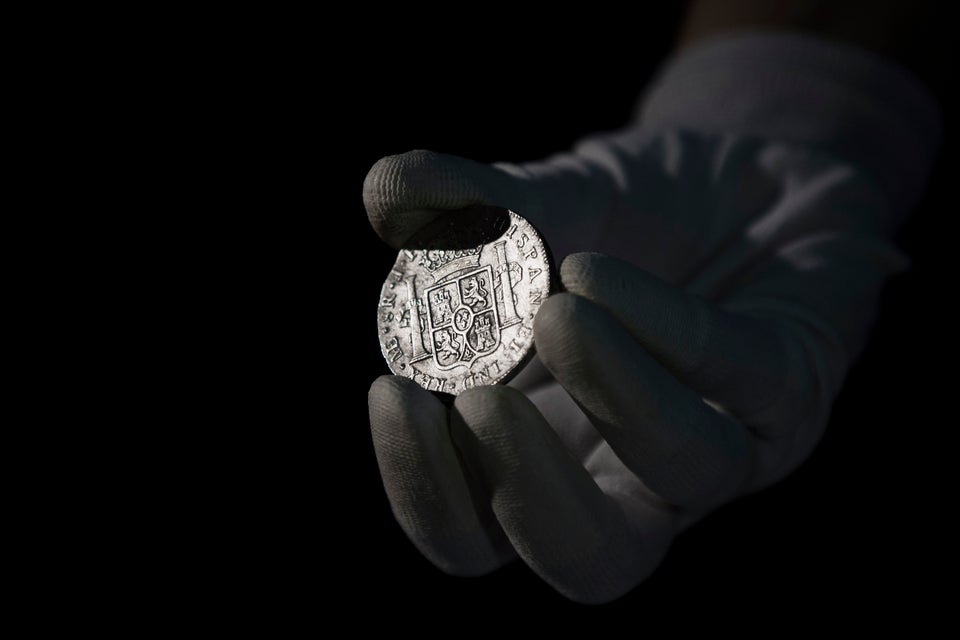
In a murder mystery fit for prime time, scientists say they have solved the 3,000-year-old killing of one of Egypt's last great pharaohs.
The first CT scans to examine the king's mummy reveal a deep cut to the neck, reports the BBC. The cut had been hidden by bandages for centuries. The deep wound 2.7 inches (7cm) wide, was found just under the larynx, and could have caused immediate death, according to medical scientists.
"I have almost no doubt about the fact that Ramses III was killed by this cut in his throat," said paleopathologist Albert Zink of the EURAC Institute for Mummies and the Iceman in Italy, according to the AFP.
"The cut is so very deep and quite large, it really goes down almost down to the bone (spine). It must have been a lethal injury," he said.
Revered as a god among men, Ramses III ruled from about 1188 to 1155 BC, reports the AFP, and is described in ancient documents as the "Great God" and a military leader who defended Egypt, then the richest prize in the Mediterranean. The pharaoh died when he was about 65, but his cause of death has never been clear.
Al Jazeera reports that ancient documents including "The Judicial Papyrus of Turin" say members of the king's harem tried to kill him as part of a palace coup, and the same papyrus tells of four trials and lists the punishments meted out to those involved in the plot, including one of Ramses' wives and her son, Prince Pentawere (a potential heir to the throne).
According to these accounts, Pentawere was found guilty at trial and then committed suicide.
The findings are part of a new study published Tuesday in the British Medical Journal, which also used DNA analysis to identify a previously unknown young man (known as the "Screaming Mummy") found buried with Ramses in a cache in Deir el Bahari. The unidentified 20-year-old is now presumed to be Pentawere. Scans show Pentawere appeared to have been strangled and buried with a goat skin -- an act that indicated a ritual insult, perhaps befitting a convicted assassin.
"The unusual mummification process of unknown man E, including the ritually impure use of a goat skin to cover the body, could be interpreted as evidence for a punishment in the form of a non-royal burial procedure," the study concludes, according to USA Today. "Together with the genetically proven family relationship with Ramesses III, we therefore believe that unknown man E is a good candidate for Pentawere."

